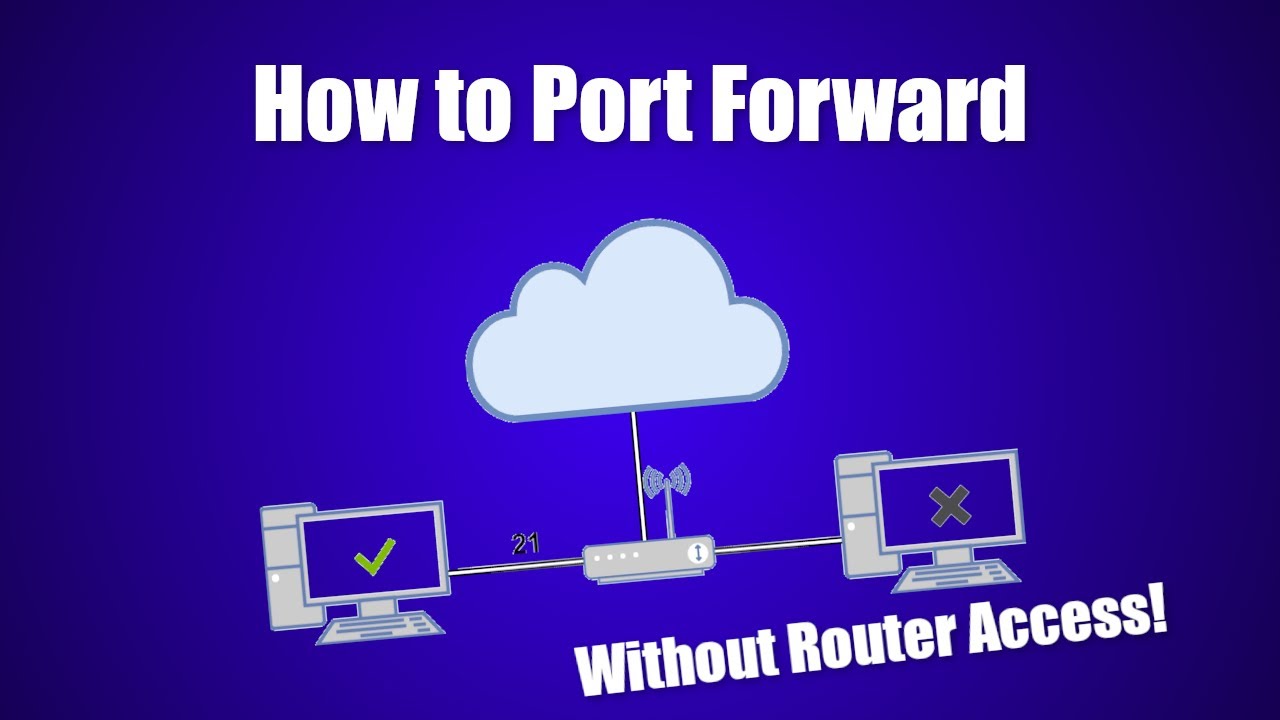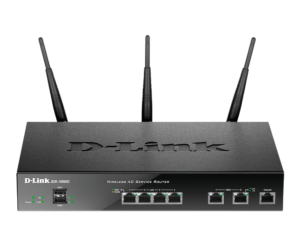Providing remote access to your network becomes easy with port forwarding. However, controversies haven’t been resolved when it comes to port forwarding. Is port forwarding safe? Well, the answer is no; port forwarding involves risks.
However, instances where a client or an employee requires remote access to a document that is available on your computer are quite easier with port forwarding. Without port forwarding, your router’s firewall might restrict remote access.
Similarly, you can transmit data from blocked websites with port forwarding enabled on your device. How can you port forward without router access? The guide answers all your queries related to port forwarding. Let’s get started.
Definition of Port Forwarding
Before you learn about port forwarding, the concept of ports should be clear. Ports are nothing but a logical connection between internet servers and your device. Every specific port determines a definite service on your mobile devices, such as computers, smartphones, and more.
For example, your device connects to a website through port 80 whenever you open a website. A computer typically consists of 65536 ports. Servers use ports 0 to 1023, whereas 1024 to 49151 are registered ports. Ports within the range of 49152 and 65335 are dynamic or private.
So, what is port forwarding? It’s a service your router offers to activate devices on your local area network or private network to communicate with devices on the public internet or servers. Thus, you can port forward your router for a particular service that permits you to open a direct route for the service traffic.
Port forwarding a router is necessary for programmers and IT professionals. Some common uses of port forwarding are:
- Fetching remote desktop protocols
- Approving file transfers to external networks
- Hosting game servers outside the home or private network for multiplayer gaming
- Accessing torrent applications
- Hosting your VPN server
- Reaching a publicly accessible website
Is port forwarding safe?
As you can assume, port forwarding exposes your private network to public networks. So, port forwarding can engage risks if you don’t take the right controls. In addition, port forwarding requires NAT to be disabled. Thus, your device can be more prone to malicious external threats.
Your devices can be hacked due to port forwarding. However, the following safety practices can help you while port forwarding your router:
- Regularly updating your network devices
- Using strong passwords
- Keeping things as private and protected as possible
5 Ways to Port Forward Without Router Access
Port forwarding your router can be intrusive if you fail to follow the safety measures. So, you can set up port forwarding without allowing access to your router. Port forwarding without router access can be safer and easier to set up. Here’s how you can port forward without router access:
1. On a Windows Network
Perhaps you can’t access your router’s dashboard, so you can’t port forward the device. However, you can port forward without router access by tweaking some network settings on your Windows PC. Check out the following guidelines:
- Navigate to your Windows PC’s Control Panel and click ‘View network computers and devices’.
- Next, locate your router under the Network Infrastructure category.
- Right-click on your router and select Properties.
- Then, choose Settings and click the Add icon to set up the required service.
- Provide your PC’s local IP address and the ports you need to open.
2. Through the Windows Firewall Tool
The Windows Firewall tool exclusively manages the traffic on your computer and takes care of who can access your Windows PC. How can the Firewall tool help you with port forwarding without router access? Well, the Windows Firewall tool can open up your computer ports, and here’s how you can enable it:
- Search for Windows Defender Firewall on your PC and open it.
- Now, click on the option that says Advanced Settings.
- Choose New Rule from the right-hand-side panel and select Port.
- Next, choose TCP or UDP. Type the port number that you wish to forward to Specific Local Ports.
- Click on ‘Allow the connection’ and select Next.
Afterward, you can notice a few more settings. However, you should leave these settings untouched and to their default values. Keep clicking on the Next button until you get the finish button. Finally, click the finish button to save your changes.
3. Port Forwarding on a Mac
Undoubtedly, Mac devices have their way of porting forward compared to a Windows network. Now, let’s figure out how you can port forward without router access on a Mac:
- Explore System Preferences or System Settings.
- Next, click Security and Privacy from the menu.
- Choose Firewall followed by Firewall Options.
- After that, click the Add icon or Plus symbol to add the desired application.
- Check the box right next to the ‘Allow incoming connections’ statement.
- Press the OK button to verify your changes.
To specify the IP address and port numbers, mention them within the brackets.
4. Using a VPN
Remember, not every VPN lets you set up port forwarding using their dedicated application. So, check out whether your VPN service allows port forwarding setup under its application. PureVPN and Private Internet Access are 2 VPN services that allow you to configure port forwarding in their apps.
If you use PureVPN, then go through the instructions below:
- First, go to the PureVPN application.
- Locate the Port Forwarding section and get in there.
- Click on the ‘enable specific ports’ option.
- Next, submit all port numbers that you want to activate.
- Finish the process after clicking on Apply.
Otherwise, check out the steps below if you use Private Internet Access:
- Open the Private Internet Access app and go to Settings.
- Afterward, land on the Network tab and check the box next to ‘Request Port Forwarding’.
- Then, connect to a specific server that permits port forwarding.
Remember that port forwarding rules disappear when you disable connections from the VPN server.
5. Trying Third-Party UPnP Tools
You can opt for a third-party UPnP tool to set port forwarding without router access. For example, you can look at UPnP PortMapper, PFConfig, etc., as they are popular for offering a more user-friendly interface.
Here’s how you can configure port forwarding using a third-party UPnP tool:
- Download and install the tool of your choice on your computer.
- Next, open the application and check for an option to create a new port forwarding rule.
- Now, you must select whether you want to use TCP or UDP.
- Input external and internal ports that you need to open.
Click the Save button, and you are all set to test your connections. Ensure you use the right UPnP tool that matches your router’s protocol.
In Conclusion…
So, you have learned how to set up port forwarding without router access. You don’t have to access the router’s dashboard every time you want to open up some specific ports. Additionally, this type of port forwarding is less risky.







